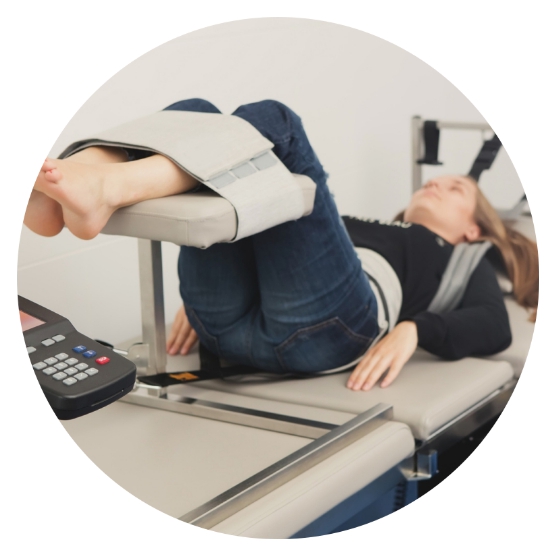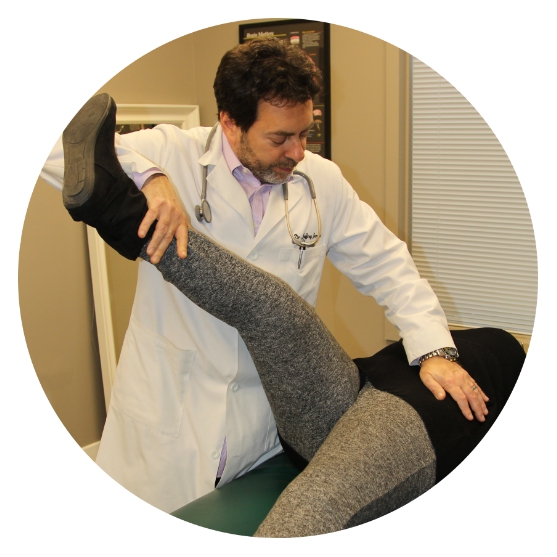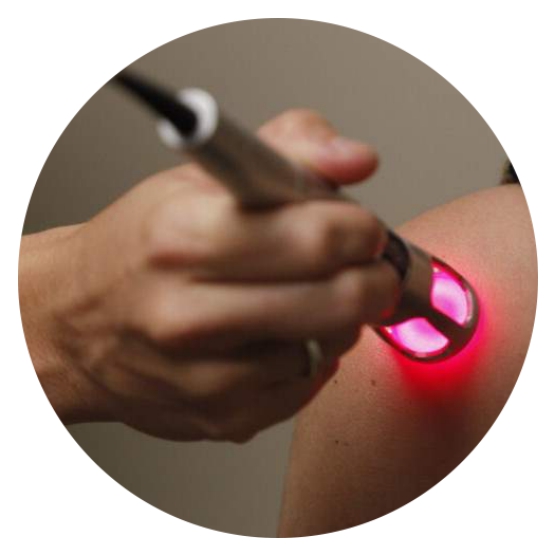Disc Sequestration
When a disc “herniates”, it means that the gel like substance in the center of the disc has pushed the outer layer of the disc (the annulus fibrosis) out, or it has pushed through the annulus. Imagine if you were to press your hand down on a jelly donut until the jelly began to push out the side. This is what it might look like.
In general, there are three to four types (or classifications) of disc herniations,
depending on the radiologist who is reading your MRI.
Disc Sequestration
Subtype III
A sequestration means that if you had a disc protrusion, or a disc extrusion, that a piece of the disc has broken off and you now have a fragment that might be loosely attached to the original herniation, or it might be what we call a free floating fragment. This is usually called a sequestered fragment by the radiologist, but all radiologist use these terms somewhat loosely, and so when in question, it’s always best to confirm with the radiologist exactly what they mean.
Causes
A sequestration is a fairly uncommon form of disc herniation that can cause severe low back pain, sciatica, and weakness. If you have a sequestration in your neck then you can have pain radiating into your arms and hands or into your upper back and shoulder blades.
Disc sequestrations can be caused by anything that could weaken the spine and discs, such as:
a slip and fall
an auto accident
or any other trauma.
A disc sequestration can also be caused by:
a sedentary lifestyle and
lack of movement
…which leads to the disc drying out and weakening.
Once a disc is weakened, all it may take is that you make a move that you have a hundred times before,
like reaching into the back seat of your car to grab something and are gripped by paralyzing pain,
or you bend over to pick up a pencil, and experience excruciating pain.
Treatments
Sequestered discs may require surgery if the fragment is not attached to the rest of the disc and is causing either motor weakness or severe pain. In some cases, the free floating can over time be broken down by our immune system and reabsorbed.
If the fragment is still attached, then Non-Surgical Spinal Decompression might be an option for you. Non-surgical spinal decompression reduces the compressive force on the disc, allowing us to reduce the disc herniations size and restore normal function to the disc. This can then remove the pressure on nerves being pinched by the disc sequestration, reducing and eliminating the pain caused by it.
In addition, we do many other therapies designed to improve strength and mobility to your spine, hips, and neck to reduce the likelihood of re-injury, depending on what is necessary in your case. A proper neurological examination, along with an MRI, can give us an idea as to what would be your response to therapy and if we can help you to avoid surgery. Call us now.





